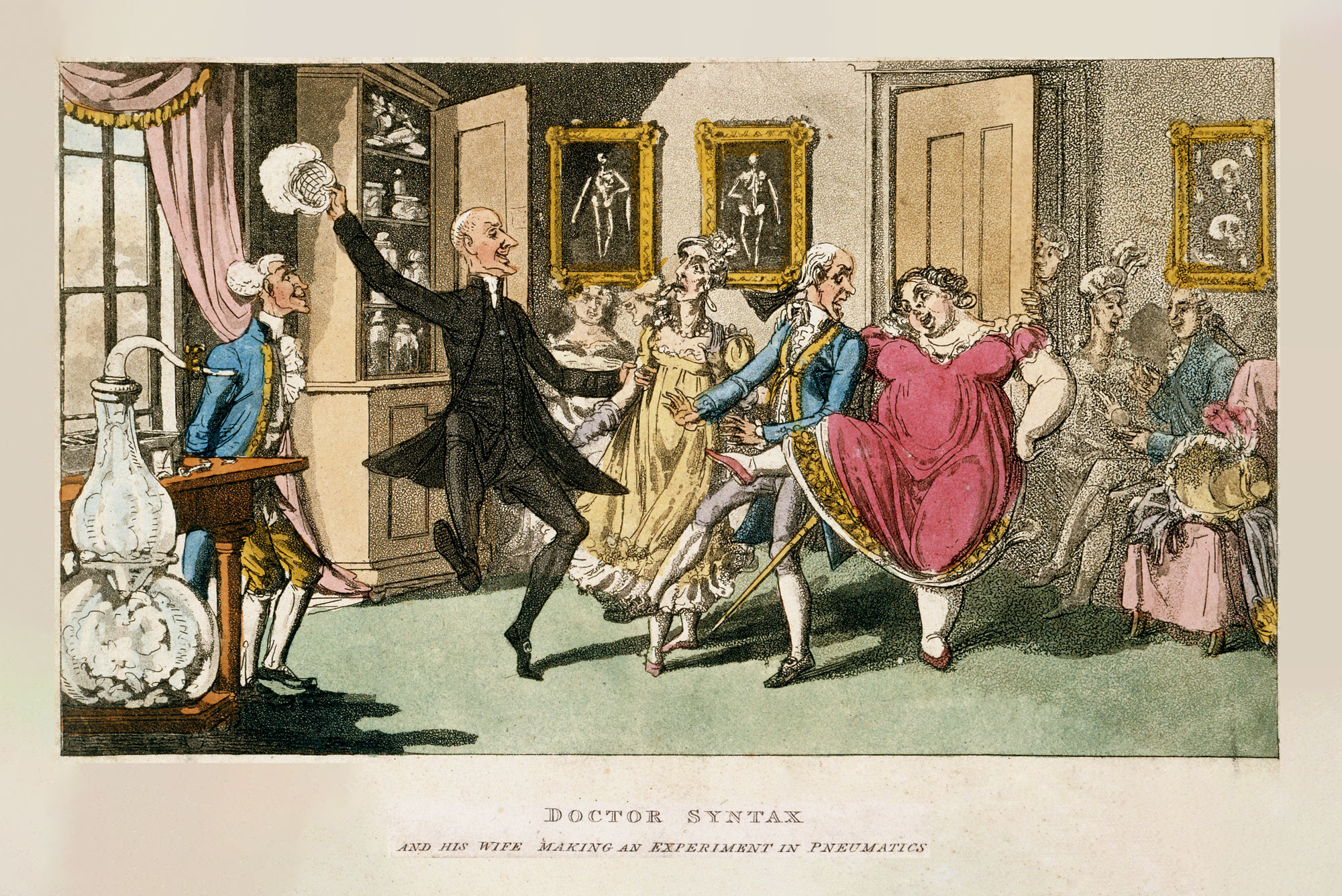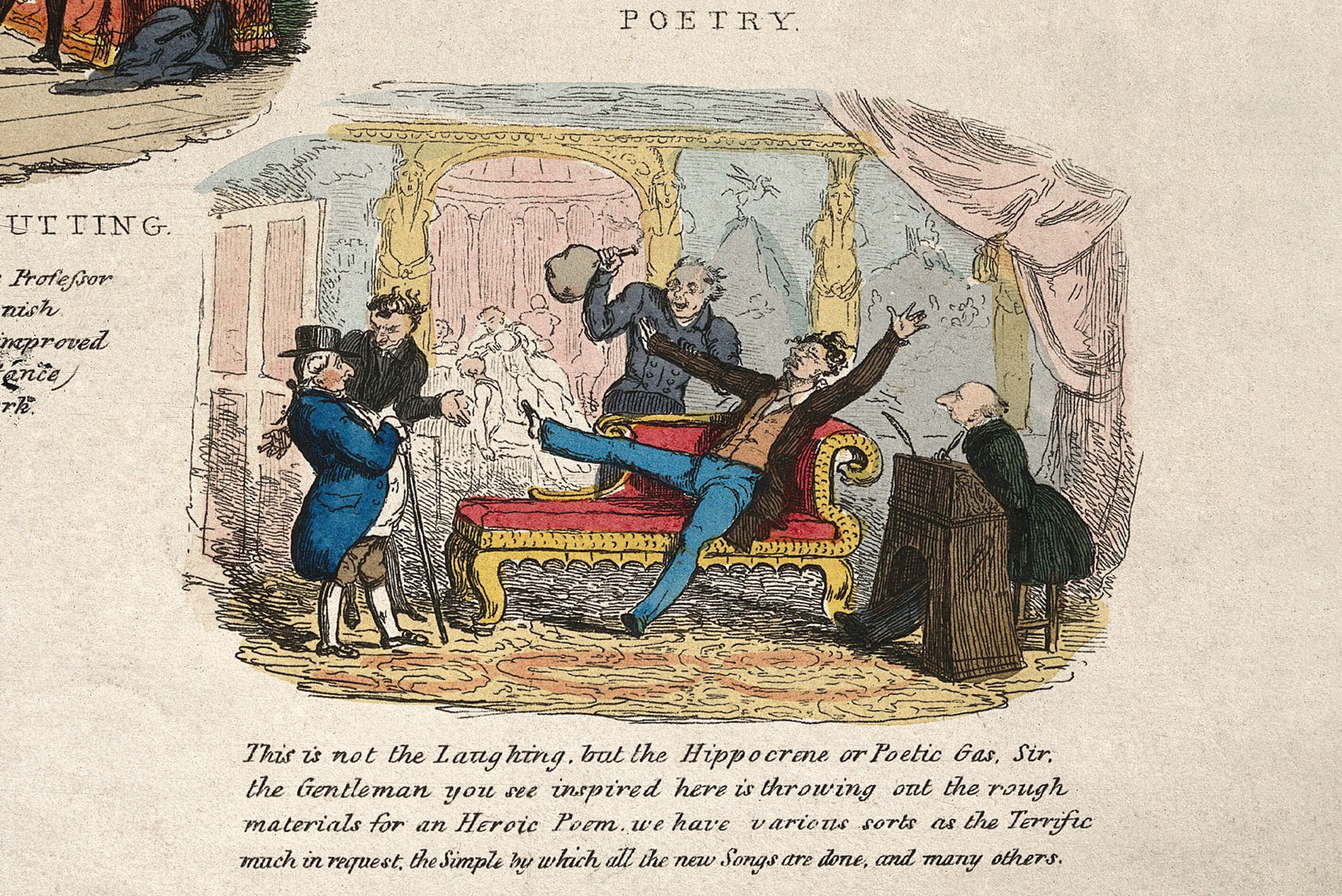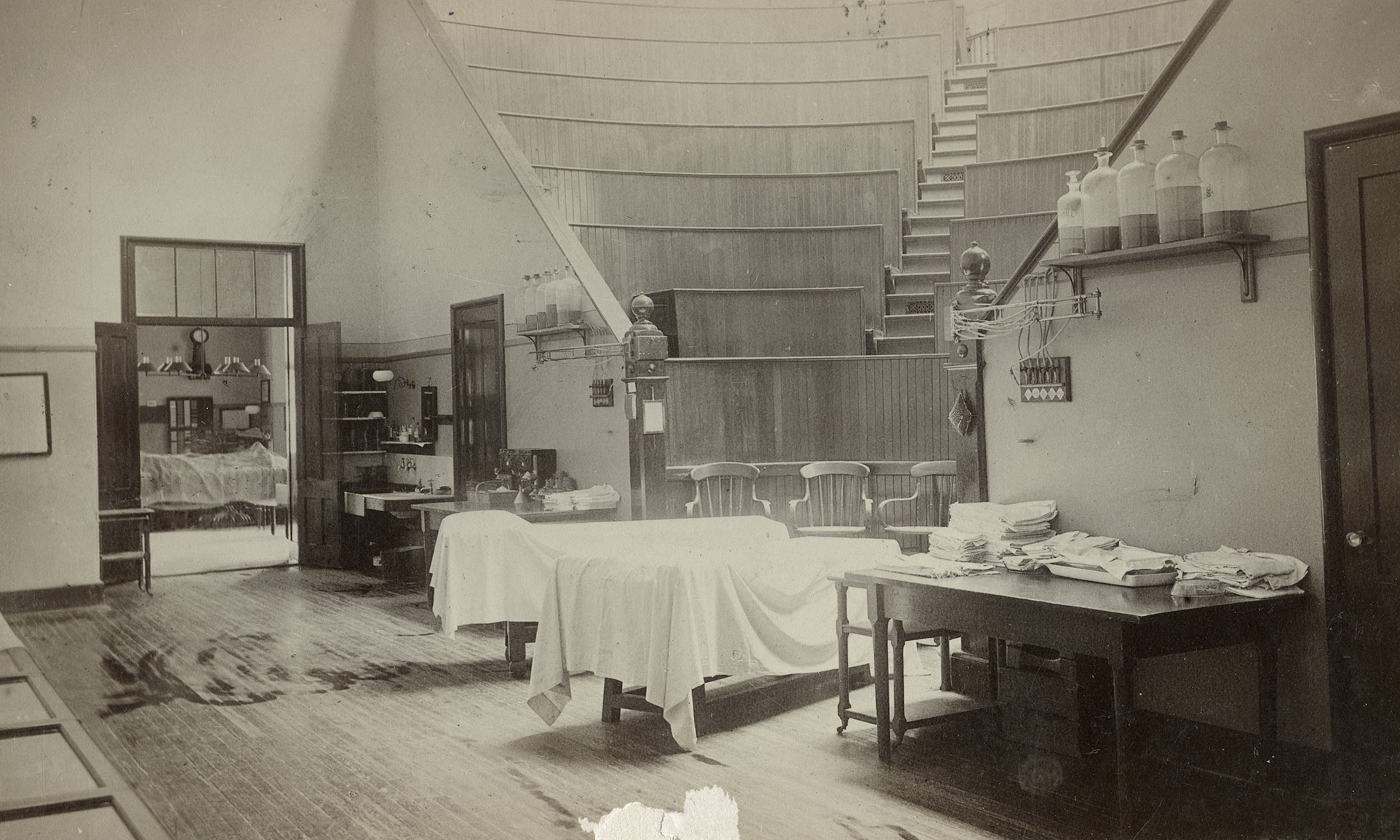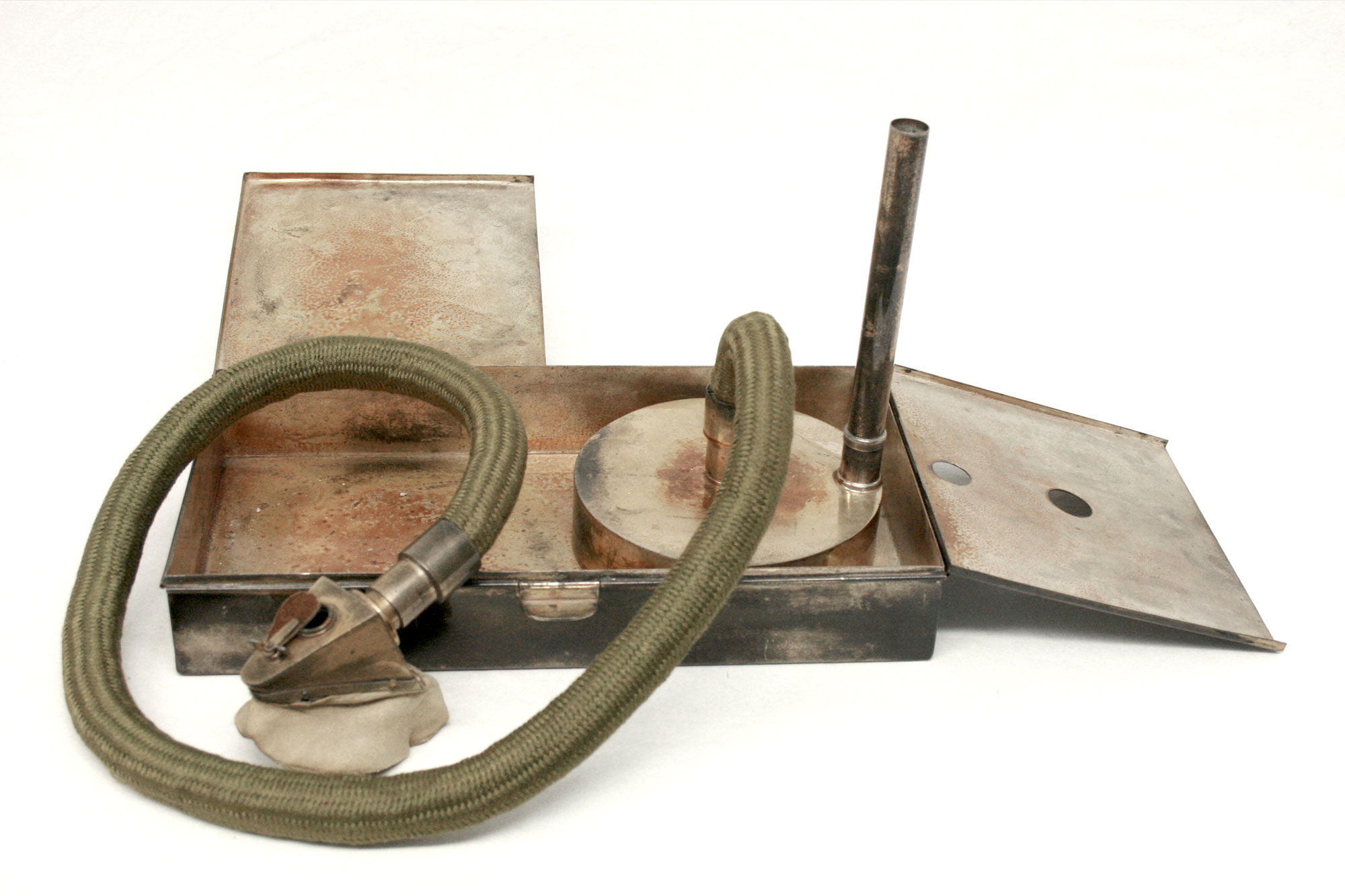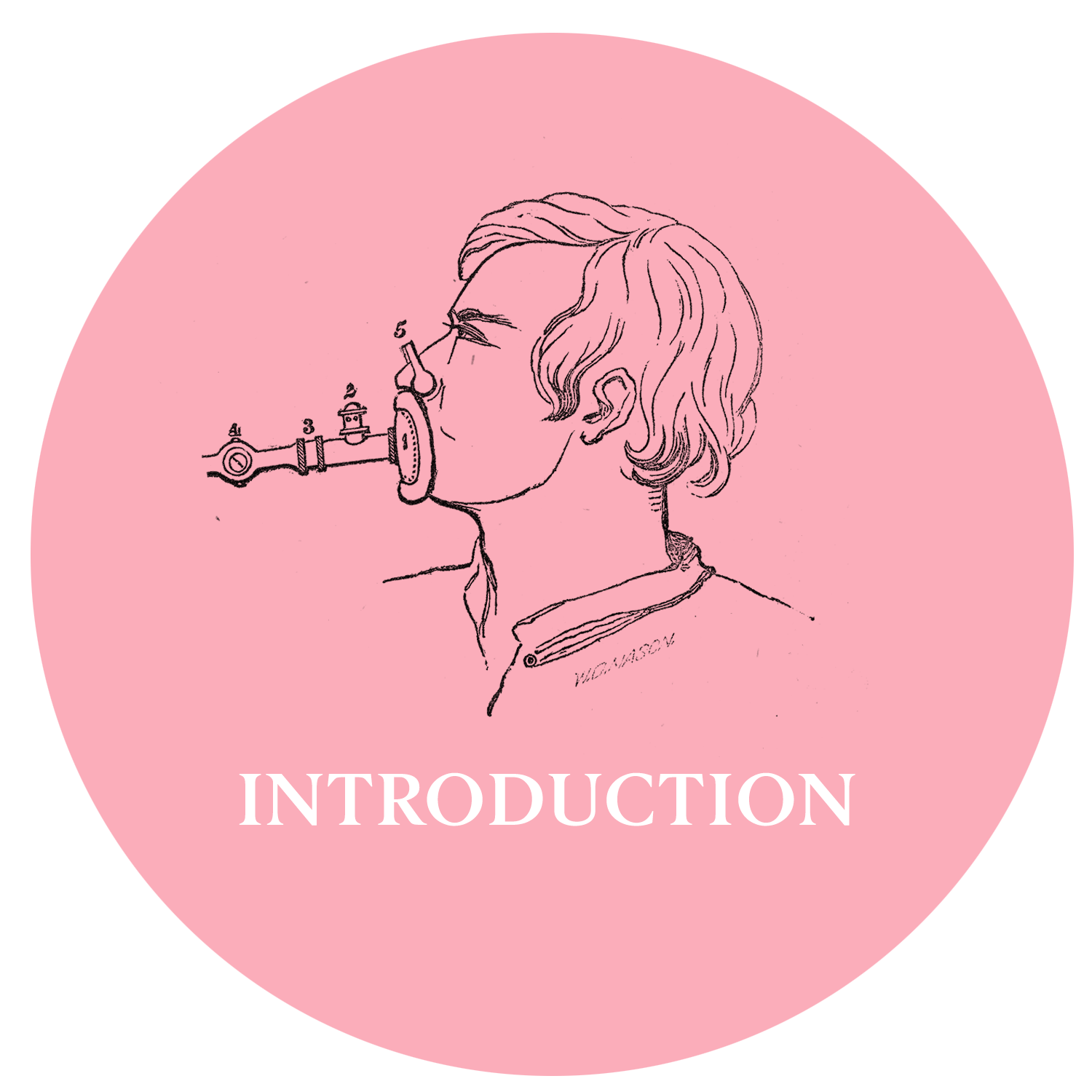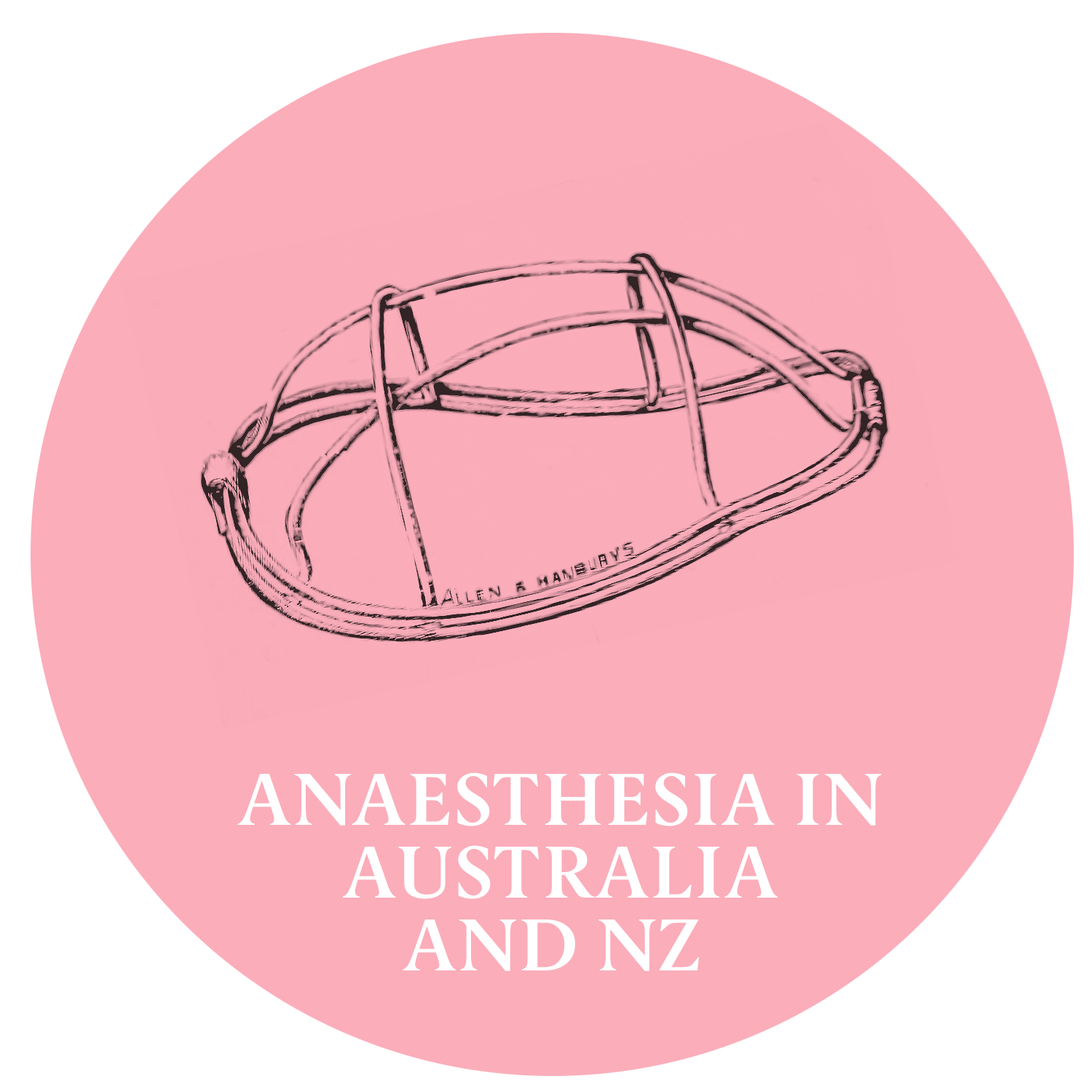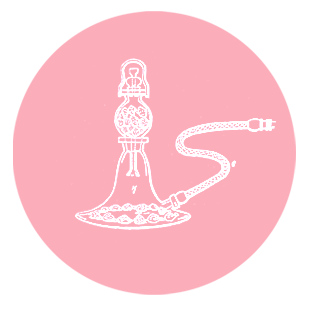
Early Anaesthesia in the
US and UK
The Industrial Revolution was characterised by radical mechanisation dominated by steam engines leading the way to manufactured goods. Crowding and poor sanitation in industrialised cities led to respiratory disease. A number of gases such as oxygen and carbon dioxide were isolated in the late 18th century. To discover further gases and advance scientific treatment for certain conditions, English physician and philosopher Thomas Beddoes founded the Pneumatic Institution in Bristol in 1798.
This research facility was dedicated to studying the therapeutic effects of gases. Chemist Humphrey Davy was employed to run the laboratory. Davy experimented with nitrous oxide gas and discovered its euphoric properties leading him to call it the ‘laughing gas’. In passing, he noted the potential for it to be used as an anaesthetic, but medical professionals did not adopt his suggestion. Its euphoric properties were embraced by the public in fairground demonstrations and fashionable gas-inhaling ‘parties’.
This laughing gas craze entered into leisure and entertainment. Theatre performances in the United States and England scheduled travelling showmen to perform chemical experiments including laughing gas during intervals (or ‘intermissions’ in the United States). Sometimes the audience would participate!
Image: Poster from the Adelphi Theatre, Strand, London, March 1826, Wellcome Collection
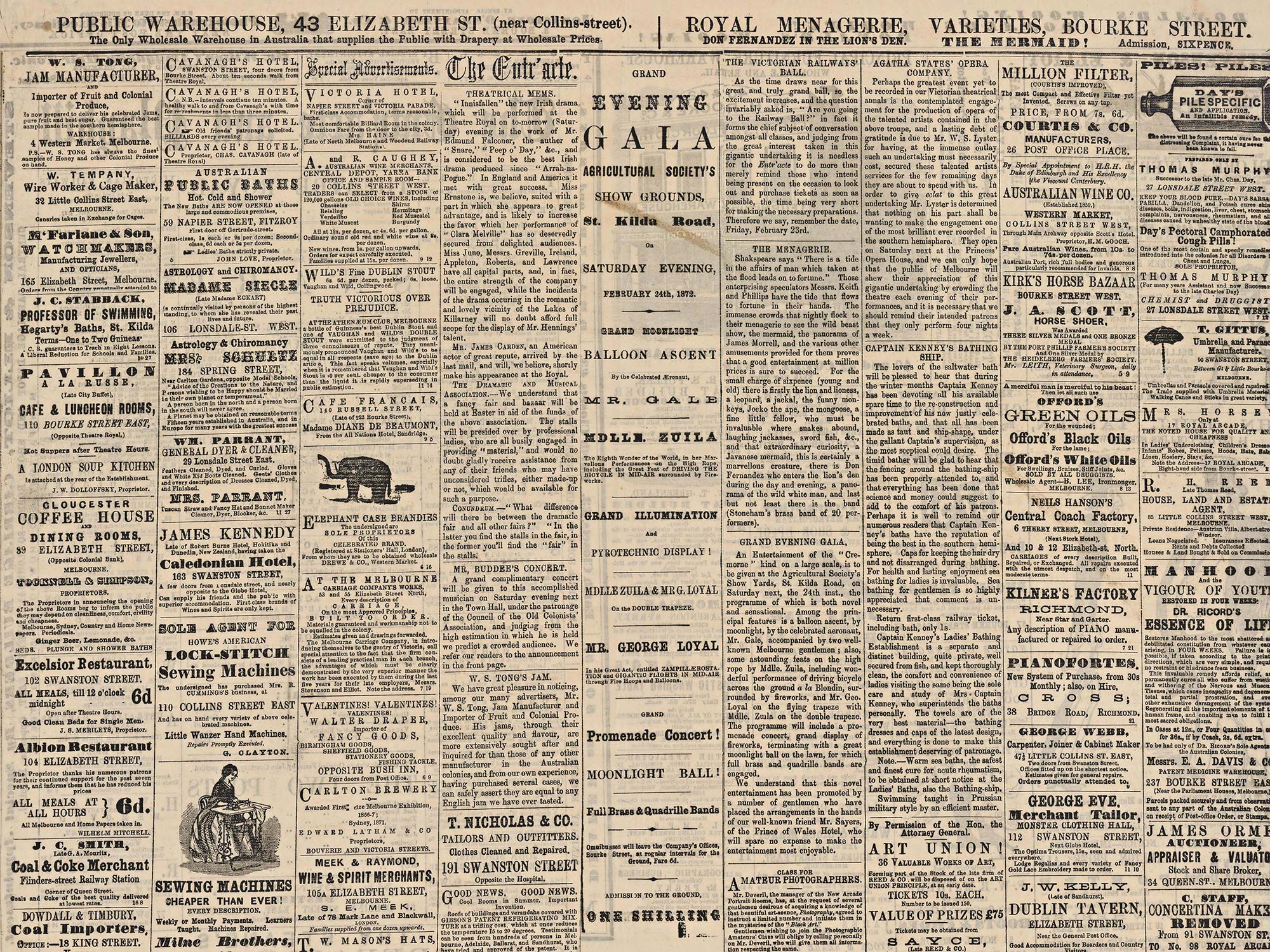
This playbill is from the Theatre Royale – one of the premier theatres in Melbourne, Australia. It mentions grand Illusions and a pyrotechnic display (middle column). Pyrotechnics were usually fireworks and displays with gases. Unfortunately, this playbill doesn’t fully reflect direct references to nitrous oxide demonstrations. We are continuing our research to see if laughing gas demonstrations were as popular in Australia as they were in UK and USA.
Image: The Entr’acte and Playbill, 1872, National Archives of Australia, 685953
These two caricatures illustrate the euphoric effects of nitrous oxide. The extravagant fashion within these etchings indicates it was initially embraced by the upper class.
Image 1: Doctor and Mrs Syntax, with other elderly people, taking laughing gas in the house of a tooth-drawer in Paris. Coloured aquatint, 1820, Combe William, Wellcome Collection, 12086i
Image 2: Poets composing verse under the influence of gases (such as laughing gas) specific to particular genres. Coloured etching by R. Seymour after himself, 1829, Seymour Robert, Wellcome Collection, 525733i
William Morton, an American dentist, experimented with ether on himself as well as his dog before later using it as an anaesthetic on his patients.
On 16 October 1846, Morton demonstrated ether’s use to a crowd of doctors and students gathered at the Massachusetts General Hospital.
The patient, 21-year-old Gilbert Abbott, was instructed to inhale ether vapour via an inhaler. Once he was sedated, a tumour from his neck was removed. The patient recalled no pain. This demonstration was a breakthrough moment for anaesthetic medical practice and revolutionised health care. Not only would it result in a better surgical experience for patients, but it also allowed doctors time to develop more refined and complex surgical techniques.
This photo shows the operating room at the Massachusetts General Hospital.
Both operating tables have natural light shining down from the room’s sky dome known as the ‘ether dome’. This source of natural lighting was incredibly helpful for doctors in conducting surgery as electric lighting hadn’t been developed yet. After surgery patients moved to the small room on the left to recover from ether.
Image: Operating room in dome of first Administration Building, Allen & Rowell, 1880-1900, City of Boston Archives, 7020001-0108
Photography was still in its early days; Morton’s successful demonstration of ‘etherisation’ was not documented with film. The Boston photographic firm Southworth & Hawes quickly recognised the importance of the medical milestone and documented other uses of surgical anaesthesia in the Massachusetts General Hospital. This image is said to be a reenactment of the first successful demonstration of anaesthesia.
Image: Daguerreotype by Southworth & Hawes. The first in a sequence of three views of an historic ether operation, July 3, 1847, Centre for the History of Medicine, Harvard Countway Library
“What we have seen here today will go round the world.”
As William Morton’s original inhaler is on display at the Massachusetts General Hospital, many medical museums now display copies based on it.
Morton’s inhaler consists of a spherical glass body with valves on either side. A sea sponge soaked with ether was placed inside and the patient would inhale via the mouthpiece on the left. As the patient exhaled, the air would directed outward by a valve in the mouthpiece.
Image: Replica of Morton’s inhaler, Geoffrey Kaye Museum of Anaesthetic History, VGKM5493
News of this successful public demonstration crossed the Atlantic to the United Kingdom where James Young Simpson, an obstetrician, pursued further experiments using ether and discovered an alternative – chloroform; chloroform is a sweet-smelling, dense liquid. Dr John Snow administered it to Queen Victoria during her delivery of her children. She was one of many to embrace the new anaesthetic which quickly became popular in the United Kingdom and Australia.
Image: Ether and Chloroform inhaler replica, Dr John Snow, Geoffrey Kaye Museum of Anaesthetic History, VGKM4575
Image: A selection of 19th century chloroform dropper bottles, Geoffrey Kaye Museum of Anaesthetic History
This little book, slimmer than a mobile phone, would have fitted in the waistcoat pocket of a medical student in 1906. Its instructional style predates that of later medical school textbooks like Practical Anaesthesia (published in Australia in 1932).
Image (of Book): XIV Golden Rules of Anaesthesia, 3rd edition, Geoffrey Kaye Museum of Anaesthetic History, VGKM6638


